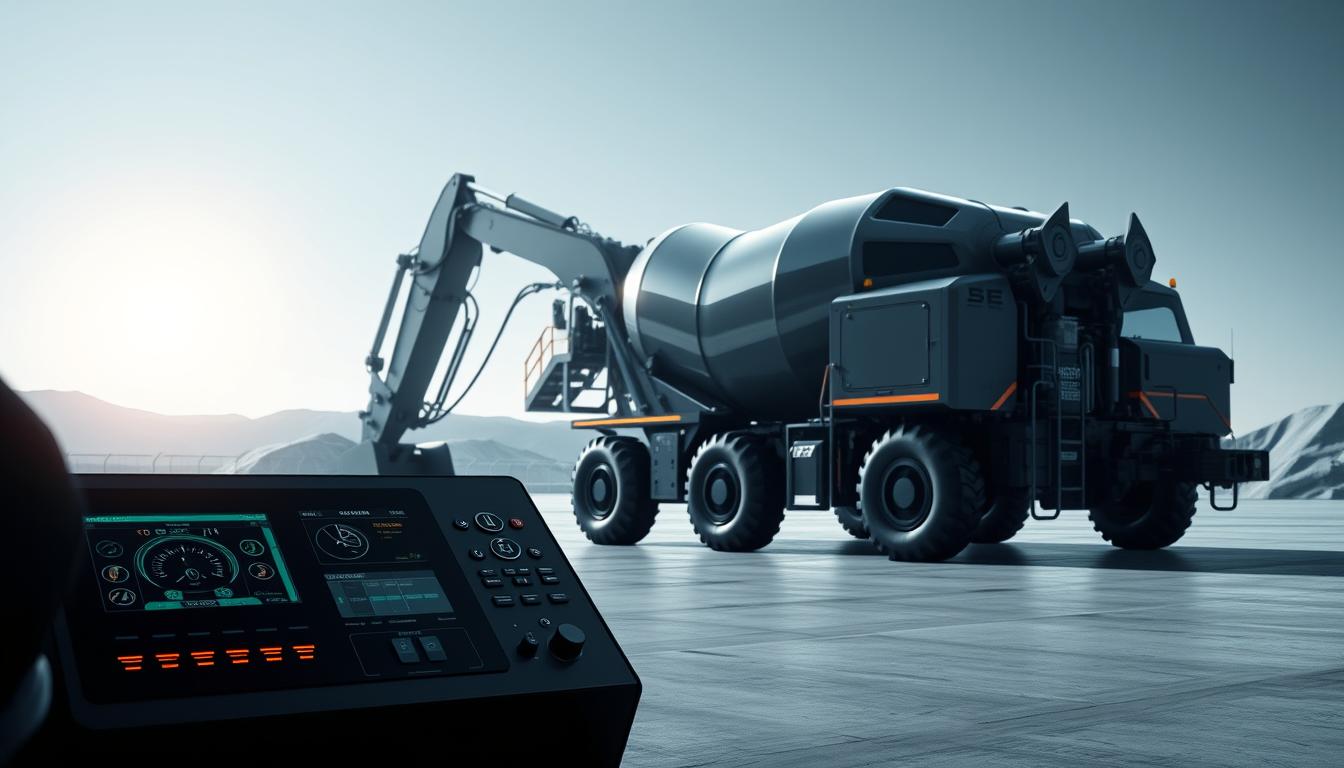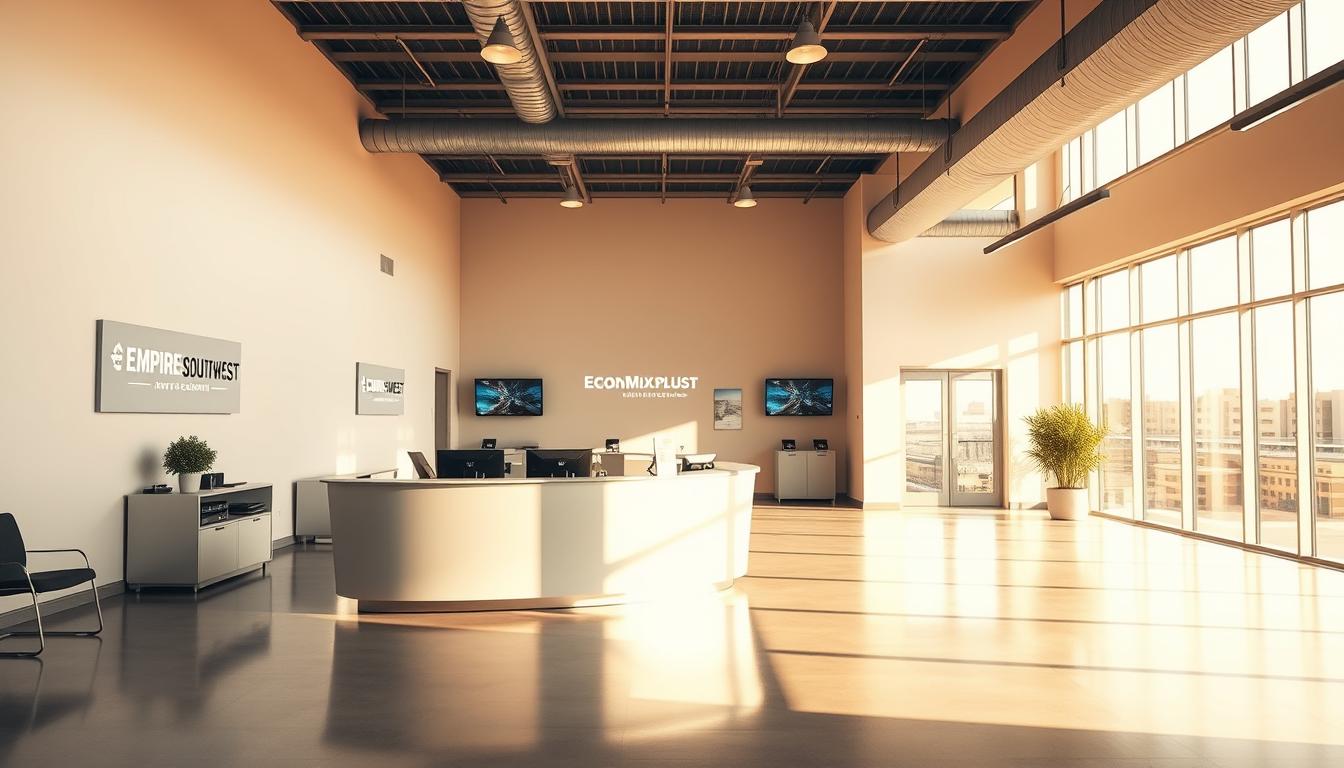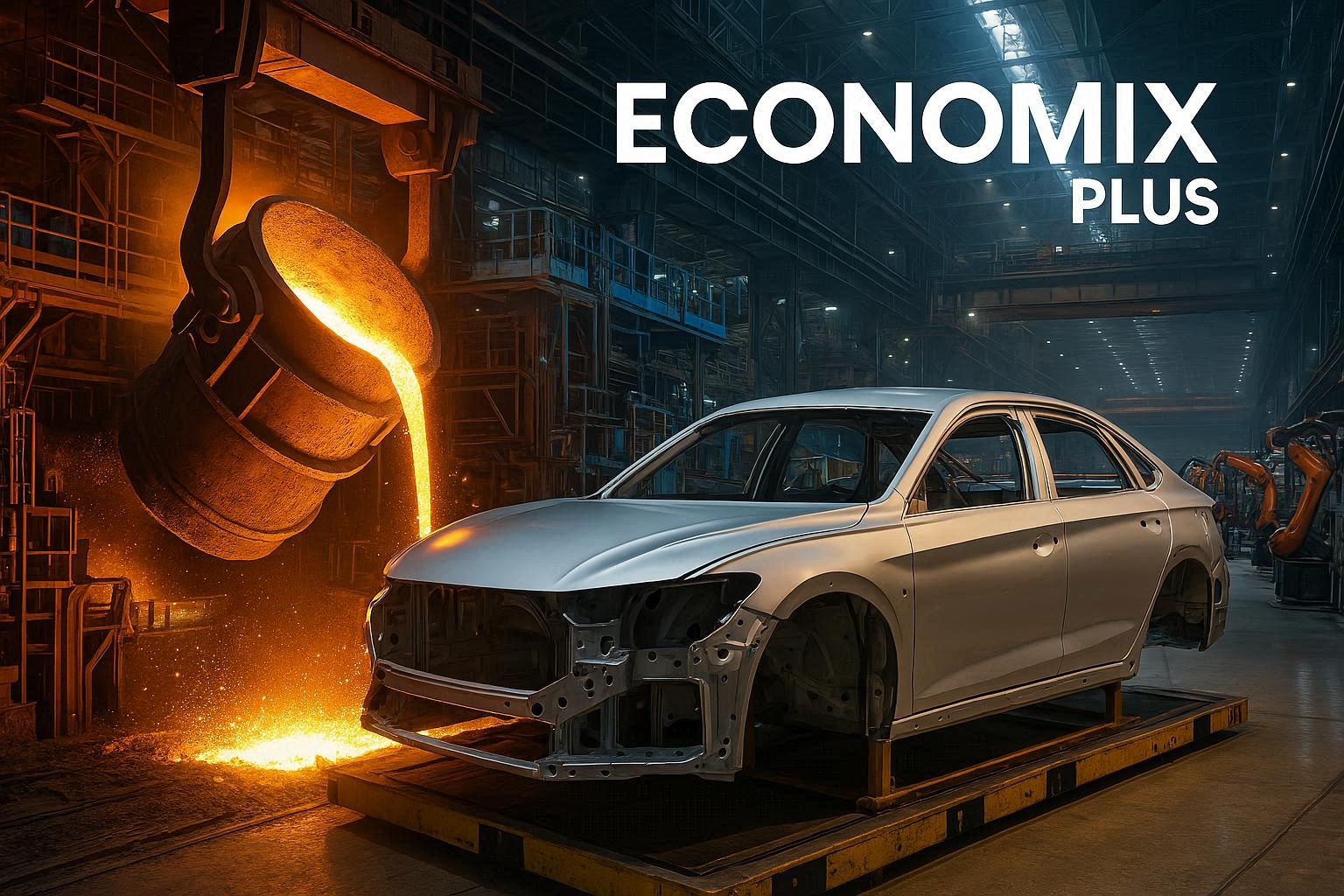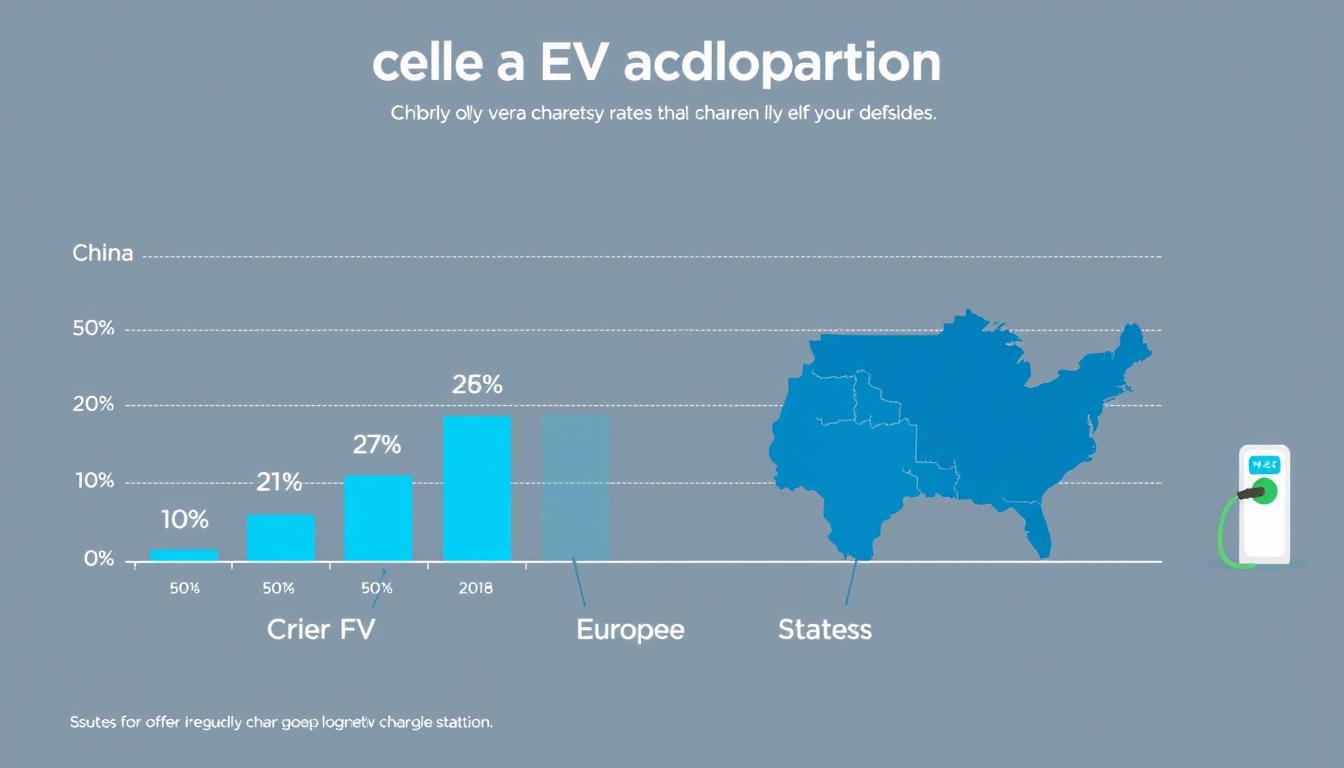Imagine two rival inventors in the early 1900s, Benjamin Holt and C.L. Best, racing to solve farming’s biggest challenge: moving heavy machinery through muddy fields. Their solution – the revolutionary belted crawler track – didn’t just change agriculture. It sparked a legacy that now powers industries worldwide.
From its humble roots merging Holt Manufacturing and C.L. Best Tractor, this business redefined what machines could achieve. By 2023, it reported $67 billion in revenue under CEO Jim Umpleby, proving that relentless innovation turns local solutions into international necessities.
What truly separates industry leaders from fleeting trends? Three elements stand out: adaptive leadership, engineering breakthroughs, and the courage to evolve while honoring core values. The company’s shift from tractors to mining systems and hybrid engines shows how anticipating market needs builds empires.
Key Takeaways
- Pioneering crawler track technology revolutionized construction and agriculture
- Strategic mergers expanded capabilities across 190+ countries
- $67B annual revenue reflects mastery of industrial scaling
- Leadership under Jim Umpleby drives sustainable machinery solutions
- Continuous R&D investment maintains 95+ years of market dominance
This journey from California workshops to global boardrooms offers more than corporate history. It’s a blueprint for turning raw potential into enduring impact – one tracked vehicle at a time.
The Humble Beginnings: Pioneering Spirit and Early Innovation
In California’s sunbaked farmlands, Benjamin Holt and Clarence Leo Best unknowingly laid tracks for an industry revolution. Their separate ventures – Holt Manufacturing and C.L. Best Tractor – became crucibles for mechanical breakthroughs that reshaped earthmoving forever.
Foundations of Mechanical Mastery
Holt’s 1904 track-type tractor solved a critical market need: moving heavy loads through mud without sinking. Best countered with wheel-type models boasting superior traction. This rivalry birthed essential parts like reinforced steel treads and modular engines – prototypes for modern machinery.
Conflict Fueling Progress
Patent disputes peaked in 1910 when Holt sued Best over track designs. Rather than stifling growth, these clashes accelerated innovation. Workers recall Best shouting during trials: “Double the track plates! We’ll outlast them through sheer grit.”
By 1915, their competing services covered 40% of U.S. agricultural needs. The belted crawler’s weight distribution breakthrough became standard across construction sites worldwide. What began as regional competition forged blueprints for global industry standards still used today.
How Caterpillar Transformed Heavy Equipment into a Global Empire
Post-WWI economic turmoil forced former competitors to rewrite their story. The aftermath of the war left many industries struggling, with supply chain disruptions and labor shortages challenging production capabilities. In 1925, Holt Manufacturing and C.L. Best Tractor merged, combining 43 patents and 1,200 workers.
This strategic alliance transformed two struggling companies into a single force redefining mechanized progress. The merger not only consolidated resources but also unified their innovative technologies, allowing them to tackle the pressing demands of a rapidly changing market and paving the way for advancements that would dominate the heavy machinery sector for decades to come.
The Merger That Shaped an Industry Leader
Early clashes threatened the partnership. Engineers argued over track designs while accountants battled over production costs. “Either we blend our brains or bury both brands,” wrote a factory manager in internal memos. Leadership compromises unlocked shared resources, merging Holt’s track systems with Best’s durable engines.
Introducing the Belted Crawler Track Revolution
The merged team’s breakthrough came in 1927 – interlocking steel plates distributing weight like a living organism. This “ground-hugging miracle”, as operators called it, enabled tractors to conquer swamps and slopes. By 1928, 78% of major U.S. construction projects used these tracks.
Patent filings skyrocketed 300% post-merger. Shared factories slashed production times by 40%, proving collaboration breeds success. When a photographer remarked the tracks moved “like a caterpillar,” the iconic brand identity was born – symbolizing relentless forward motion.
This fusion of minds and mechanics didn’t just save two companies. It created a blueprint for turning adversarial energy into world-changing projects. The people who built Cat® equipment knew: real progress starts when rivals become allies.
Expanding the Global Footprint: From American Roots to International Heights
As postwar reconstruction reshaped continents, the company leveraged its engineering prowess to cross oceans. By 1950, its name became synonymous with rebuilding nations through strategic alliances and localized adaptation, offering construction services and innovative machines to customers around the world.

Strategic Moves in Europe and Russia
European expansion began with Belgium’s King Albert Canal project in 1935 – a 130km waterway demanding 1,200 earthmoving machines. This marked the first major partnership between regional dealers and U.S. engineers. A factory manager noted: “We didn’t export equipment – we exported problem-solving cultures.”
Key steps fueled growth:
- Acquiring Wealdstone Engineering (1964) to streamline truck component production
- Launching Eurenov S.A. remanufacturing hubs, cutting costs by 35%
- Customizing mining rigs for Siberia’s -50°C winters
By 1985, overseas sales surpassed domestic revenue. The name now operates in 38 languages, with 85% of components sourced locally. Today, its Russian division alone maintains 14,000 trucks across Arctic mines.
This global network didn’t happen by accident. Targeted acquisitions became part of a master plan to embed reliability into every region. When Cold War tensions threatened Moscow operations, engineers redesigned hydraulic systems using standardized mining parts – a move that boosted sales 22% during political upheavals.
Today’s $8.9B European revenue proves: true industrial leadership means growing roots, not just planting flags.
Innovative Safety Transformations and Six Sigma Implementation
Workplace safety reached new heights when the company redefined risk management through human-centered design. Traditional metrics focused on counting injuries after they occurred – a reactive approach that struggled to prevent accidents. Frontline teams voiced concerns: “We need tools to stop hazards before they escalate,” shared a veteran assembler in 2012.

Enhancing Operational Safety and Risk Management
The breakthrough came through a modified Six Sigma framework called DTMR. By defining critical risk zones in real-time, teams could address dangers like engine overheating or steam leaks proactively. One plant manager noted: “Suddenly, we weren’t just fixing problems – we were redesigning work itself.”
Key changes emerged:
- Monthly safety dialogues replaced annual reviews
- Workers redesigned 14 high-risk product assembly steps
- Engine diagnostics integrated with operator alerts
Implementing DTMR for a Cultural Shift
Training programs transformed shop floors into classrooms. Over 8,000 employees mastered hazard prediction techniques, cutting near-misses by 63% in three years. Recognition systems celebrated teams that improved work processes – not just those with perfect safety records.
The results rewrote industry standards. Recordable injuries dropped to zero across six major facilities, while equipment reliability hit 99.2%. This mirrored Holt Manufacturing Company’s original ethos: build products that protect people first. Today, 78% of engine safety features trace their origins to this cultural shift.
By measuring leading indicators like safety suggestions per worker, the company achieved what reactive policies couldn’t – sustained excellence rooted in prevention. As one engineer summarized: “We didn’t just change rules. We changed how work works.”
Digital Transformation and Strategic Growth for the Modern Era
Digital innovation now fuels the manufacturing company‘s evolution, blending Benjamin Holt’s mechanical genius with 21st-century analytics. Under CEO Jim Umpleby, real-time data streams guide decisions from factory floors to mining sites – a far cry from handwritten blueprints but true to Holt Manufacturing’s problem-solving DNA.

Integrating Data-Driven Techniques for Enhanced Performance
Advanced sensors in caterpillar products now predict maintenance needs 300 hours before failures occur. One mining operator reported: “Our D11 bulldozers achieved 92% uptime last quarter – unheard of before predictive analytics.” This mirrors Benjamin Holt’s obsession with reliability, reimagined through machine learning.
The shift from selling heavy equipment to delivering smart solutions shows in numbers:
| Metric | Traditional Approach | Digital Strategy |
|---|---|---|
| Service Response Time | 72 hours | 4.5 hours |
| Fuel Efficiency | 8.2 mpg | 11.6 mpg |
| Customer Customization | 3 options | 47 configurable features |
Field technicians use AR headsets to overlay repair guides onto caterpillar tractor engines, cutting diagnostic errors by 68%. These tools honor Holt Manufacturing’s legacy – empowering workers with cutting-edge resources rather than replacing them.
Through strategic partnerships, the manufacturing company now offers equipment-as-a-service models. Clients pay for earth moved, not machines bought – a revolutionary pivot echoing Benjamin Holt’s original vision: “Build what lasts, but adapt what matters.”
Empire Southwest: Local Excellence Driving National Success
In 1955, a dusty convoy of trucks rolled south from Oregon, carrying not just heavy machinery but a vision for redefining equipment support. Empire Southwest’s relocation to Arizona marked the start of a six-decade journey blending regional expertise with nationwide influence.

From Oregon to Arizona: A Legacy of Service
The dealership’s 1960s expansion mirrored America’s infrastructure boom. Acquiring Cashman Equipment Co. in 1997 added 14 locations and 800 technicians overnight. “We didn’t just sell machines – we sold peace of mind,” recalls a veteran service manager. Employee numbers grew 340% in 15 years, supporting customers from copper mines to solar farms.
Innovative Solutions in Equipment and Customer Care
Modern challenges demanded smarter approaches. Technicians now use diagnostic tools that pinpoint issues before breakdowns occur. A Phoenix mining contractor reports: “Their 24/7 parts network cut our downtime by 41% last quarter.”
| Service Feature | Traditional Model | Empire Southwest |
|---|---|---|
| Response Time | 48 hours | 2.7 hours |
| Parts Availability | 65% in-stock | 94% same-day access |
| Uptime Guarantee | None | 95% operational minimum |
Beyond repairs, the company trains over 1,200 operators annually through VR simulators. This shift from transactional sales to lifecycle partnerships reflects Caterpillar Inc.’s core philosophy – building relationships that outlast individual products.
With 68 years of adapting to market shifts, Empire Southwest proves local roots can fuel national growth. As one project manager notes: “They don’t just fix engines – they keep entire industries moving.”
Overcoming Challenges and Pioneering Future Innovation
Throughout its century-long journey, the organization faced storms that would sink lesser ventures. Supply chain collapses during the 1970s energy crisis tested manufacturing resilience. Internal communication gaps emerged as teams scaled across 20 new countries in the 1990s. A plant manager recalls: “We stopped fighting fires and started preventing them.”
Tackling Market Disruptions and Internal Transformations
When digitalization threatened traditional performance metrics, engineers reimagined workflows. Teams redesigned 14 core processes using real-time data streams. This cut assembly errors by 57% while boosting output quality.
Key strategies emerged:
| Challenge | Traditional Approach | Modern Solution |
|---|---|---|
| Decision Speed | 28 days | 4-hour analytics cycles |
| Cross-Department Collaboration | 32% alignment | 89% real-time data sharing |
| Innovation Rate | 3 patents/year | 47 patent filings in 2023 |
Frontline employees drove 63% of safety improvements through augmented reality training. One technician noted: “Suddenly, we saw hazards before they happened.” This cultural shift reduced workplace incidents to record lows.
External pressures demanded bold pivots. When material costs spiked 300% in 2021, engineers developed 12 alternative alloys. Suppliers collaborated through blockchain platforms, ensuring customer projects stayed on schedule.
Continuous learning programs now upskill 15,000 workers annually. These investments in employees create an adaptive workforce ready for tomorrow’s challenges. As markets evolve, the company proves that foresight beats reaction every time.
Conclusion
Visionary engineering reshaped modern industry through steel tracks and relentless problem-solving. What began as competing workshops now powers progress across six continents, proving that mechanical ingenuity paired with cultural adaptability builds lasting legacies.
The merger of rival firms created a machinery titan that redefined earthmoving. From Arctic mining rigs to AI-driven maintenance systems, strategic decisions turned regional solutions into worldwide standards. Safety innovations reduced workplace incidents to zero in multiple facilities, while digital tools boosted equipment uptime to 99.2%.
Three pillars drive this enduring success:
1. Evolutionary thinking – Converting patent disputes into collaborative breakthroughs
2. Localized adaptation – Customizing machines for Siberia’s frost and Arizona’s heat
3. Preventive innovation – Predicting mechanical failures 300 hours before they occur
With $67 billion annual revenue and operations in 190 countries, the organization demonstrates how machinery pioneers become infrastructure partners. Its next chapter focuses on sustainable power solutions and automated job sites, continuing a century-old tradition of raising industry benchmarks.
True leadership lies not in dominating markets, but in moving the world forward – one engineered solution at a time.














